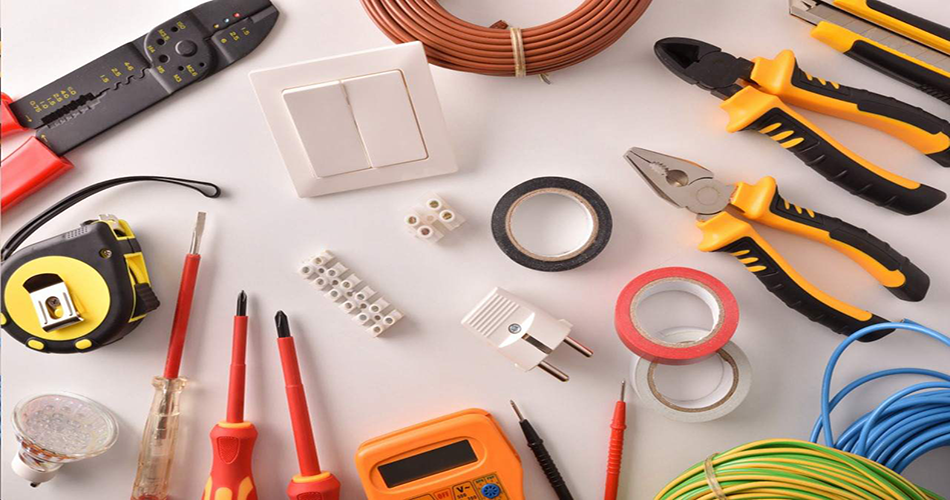Introduction:
Electricians play a crucial role in ensuring the safe and efficient functioning of electrical systems. They are responsible for installing, repairing, and maintaining electrical components in various settings. Two primary branches of electrical work are domestic and industrial electrical services. While both involve working with electrical systems, they differ significantly in their scope, requirements, and responsibilities.
- Domestic Electrician:
A domestic electrician specializes in residential electrical systems. Their primary focus is on homes, apartments, and small-scale electrical projects. Some of the key responsibilities of a domestic electrician include:
a. Installation: Domestic electricians are tasked with installing electrical systems in new residential constructions or during renovations. This includes wiring, outlets, lighting fixtures, circuit breakers, and more.
b. Repairs and Maintenance: They are responsible for diagnosing and fixing electrical issues within homes, such as faulty outlets, tripping circuits, or malfunctioning appliances.
c. Upgrades: Domestic electricians may handle electrical upgrades, like installing energy-efficient lighting, adding electrical outlets, or upgrading electrical panels to accommodate increased power demands.
d. Safety: Ensuring electrical safety within homes is a priority. Domestic electricians ensure that electrical systems are up to code and implement safety measures to prevent hazards like electrical fires and shocks.
- Industrial Electrician:
Industrial electricians, on the other hand, deal with complex electrical systems found in large-scale industrial settings, factories, and commercial establishments. Their tasks are more diverse and may involve:
a. Heavy Machinery: Industrial electricians work on intricate electrical systems that power heavy machinery, industrial equipment, and production lines.
b. High Voltage Systems: They handle high-voltage systems, such as transformers and switchgear, which require specialized training and expertise.
c. Troubleshooting: Industrial electricians are skilled at troubleshooting complex electrical issues, often working with sophisticated diagnostic tools to identify problems.
d. Control Systems: They are responsible for installing and maintaining control systems that regulate industrial processes, ensuring smooth operations.
e. Safety Compliance: Industrial electricians must adhere to stringent safety regulations to protect workers, equipment, and the environment in industrial settings.
Key Similarities and Differences:
While both domestic and industrial electricians work with electrical systems, they differ significantly in their scale, scope, and technical requirements:
Similarities:
- Both require a solid understanding of electrical principles, codes, and safety practices.
- Both must stay updated with advancements in electrical technology and regulations.
- Both need to be proficient in reading electrical diagrams and blueprints.
Differences:
- Domestic electricians focus on smaller-scale electrical systems found in residential settings, whereas industrial electricians handle more extensive and complex systems in industrial and commercial environments.
- Industrial electricians often require additional training and certifications to work with high-voltage equipment and specialized machinery.
- Domestic electricians work with individual homeowners or small teams, while industrial electricians may collaborate with larger teams and other professionals like engineers and maintenance staff.
Conclusion:
Domestic and industrial electricians are essential professionals who ensure the safe and efficient functioning of electrical systems in residential and industrial settings, respectively. Their roles may differ significantly in terms of scale and responsibilities, but both play vital roles in keeping our homes and industries powered and running smoothly. Whether it’s fixing a faulty outlet in a house or troubleshooting a complex industrial system, electricians continue to be a cornerstone in the modern world’s electrified infrastructure.
You may also like
-
Automatic Fruit Wine Bottling Line for Small Wineries: A Complete Guide
-
How Does Plywood HSN Code Decide the GST Rate for Traders and Manufacturers?
-
POS Terminal Type: Which Is Best for Your Business?
-
How to Choose Fixed and Portable Gas Monitors for Industrial Gas Detection?
-
Simplifying Trademark Registration in Hong Kong: What Businesses Need to Know

